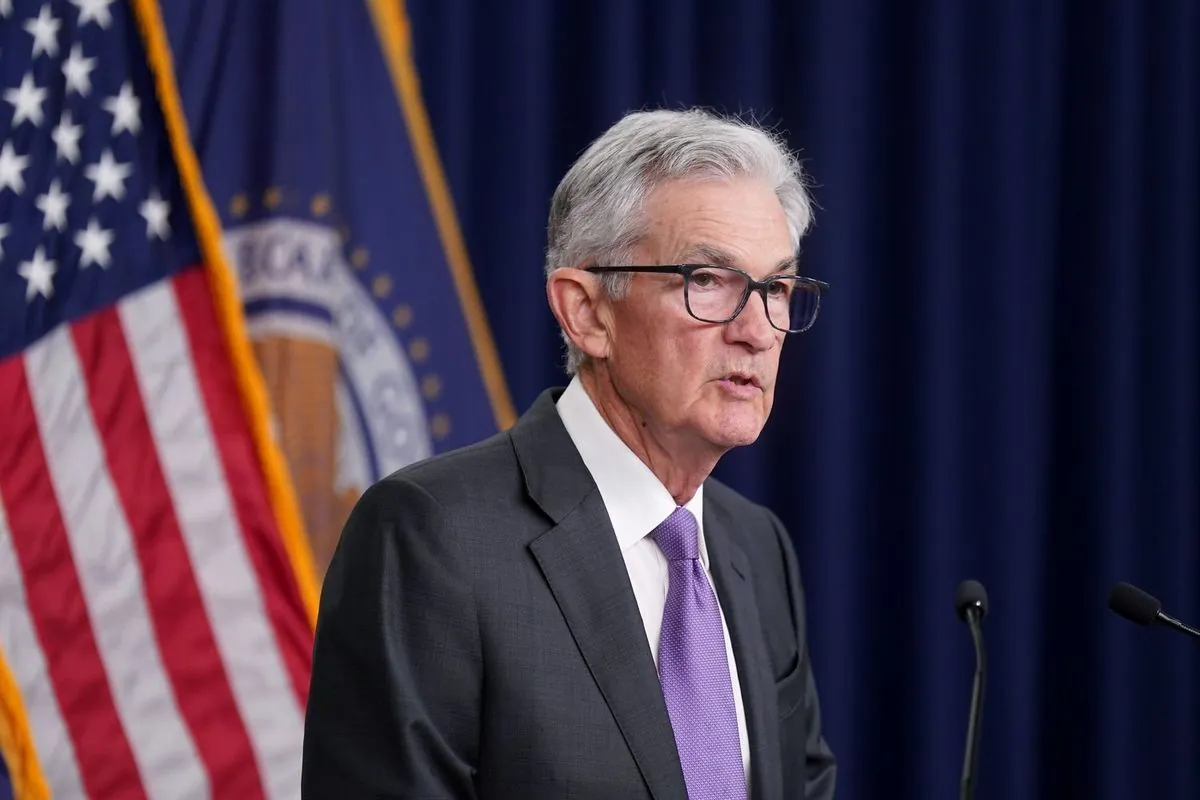Fed Poised for First Rate Cut Since Pandemic, Shifting Focus to Job Market
The Federal Reserve is expected to lower interest rates, marking a significant policy shift. This move comes amid slowing job growth and progress on inflation, with potential economic and political implications.

The Federal Reserve is on the brink of a pivotal decision, as it prepares to reduce interest rates for the first time since the early stages of the COVID-19 pandemic. This move signifies a major shift in the central bank's strategy, potentially bringing relief to households and businesses across the United States.
For over a year, the Fed's benchmark interest rate has remained between 5.25% and 5.5%. A rate cut would ease the financial burden on those seeking mortgages or business loans. The decision, expected to be announced on September 18, 2024, comes at a crucial juncture, with the presidential election looming on the horizon.

The Fed's policymakers are weighing two options: a modest quarter-point reduction or a more substantial half-point cut. The choice between these alternatives reflects the delicate balance the central bank must strike between supporting economic growth and maintaining price stability.
Recent economic data has played a significant role in shaping the Fed's outlook. July 2024 saw unexpectedly weak job numbers, while August figures aligned more closely with projections. The unemployment rate, however, remains above 4%. Concurrently, inflation has shown progress towards the Fed's 2% target, with prices up 2.5% in July according to the Fed's preferred gauge.
"We do not seek or welcome further cooling in labor market conditions."
This statement underscores the Fed's shifting focus from combating high inflation to safeguarding employment. The central bank's dual mandate, established in 1977, requires it to balance maximum employment with price stability.
The Fed's decision-making process is intricate and data-driven. The Federal Open Market Committee (FOMC), which meets eight times annually to set monetary policy, will release updated economic projections alongside the rate announcement. These projections, including the "dot plot" showing policymakers' interest rate expectations, will provide crucial insights into the Fed's future plans.
Christopher Waller, a Fed governor, recently emphasized the changing risk assessment, noting that monetary policy needs to adjust in light of progress towards the inflation goal. This sentiment reflects the Fed's commitment to its 2% inflation target, officially adopted in 2012.
The central bank's independence from political influence, a cornerstone of its effectiveness since its establishment in 1913, is particularly crucial as the election approaches. Despite calls from some politicians for more aggressive rate cuts, the Fed is expected to maintain its focus on economic data rather than political pressures.
As markets and economists speculate on the magnitude of the rate cut, the Fed's decision will have far-reaching implications for the U.S. economy. Whether opting for a cautious quarter-point reduction or a bolder half-point cut, the central bank's actions will shape financial conditions and economic prospects in the months ahead.
The upcoming announcement marks a significant moment in the Fed's ongoing efforts to navigate the post-pandemic economic landscape, balancing the need for growth with the imperative of maintaining stable prices. As the nation watches, the Federal Reserve stands ready to turn a new page in its monetary policy approach, with potential repercussions for millions of Americans.


































